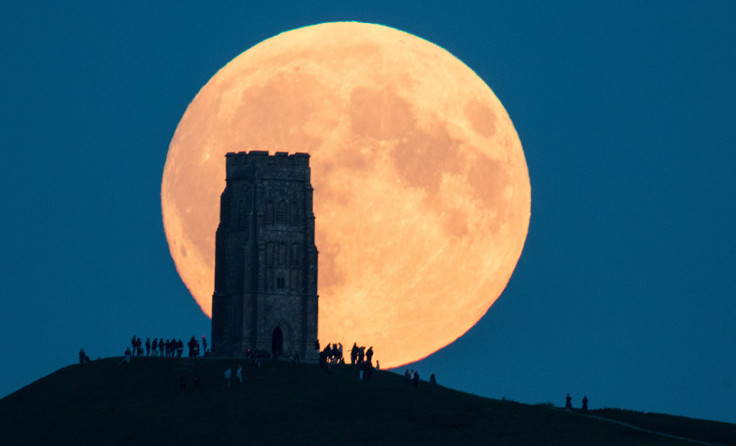Super blue blood moon eclipse: Get ready for first celestial event in 150 years
Three separate celestial events — a supermoon, a blue moon and a full lunar eclipse — will take place simultaneously on January 31.

On January 31, a rare and beautiful celestial event, which only occurs once every 150 years, will be viewable from Earth.
A supermoon, a blue moon and a full lunar eclipse will all take place simultaneously in what has been called a super blue blood moon eclipse.
But what are the different elements that make up this phenomenon?
Supermoon is a term used to describe when the moon is full and closest to the Earth, appearing 15% brighter and 30% larger than a regular full moon.
A blue moon has nothing to do with colour but instead is the name given to the second full moon in a single month. There has already been one full moon this month – the supermoon that was visible in the evening of the 1st and early morning of the 2nd.
And a blood moon is phrase used to describe the moon during a total lunar eclipse – when the Earth passes between the moon and the sun. During this event, certain wavelengths of light from the sun pass through the Earth's atmosphere and reflect onto the moon, turning it a dramatic red colour.
The super blue blood moon eclipse will be visible anywhere that it's night-time, although some regions of the globe will only be able to see a partial eclipse.
According to Nasa, locations that will be able to see the event from start to finish, include western North America, central and eastern Asia, Indonesia, New Zealand and most of Australia.
"The supermoons are a great opportunity for people to start looking at the moon, not just once but every chance they have," said Noah Petro, from NASA's Goddard Space Flight Centre.





















